The results of the first phase of ASEAN NCAP wasn’t the only thing the Malaysian Institute of Road Safety Research (MIROS) had to offer at its open day – all who were present were also treated to a live demonstration of the side impact crash test (as per ECE: Reg 95) that’s set to feature in the second phase of ASEAN NCAP.
Under the demo, a mobile lateral impact trolley was collided perpendicularly against the right-hand side of a stationary Honda Civic 2.0 at a closing speed of 50 km/h. Three ES II dummies, made specifically for side impact, were used, comprising one adult dummy in the driver’s seat and two child dummies at the back (one CRS-restrained, the other unrestrained) – look after the jump for a gallery of photos.
ASEAN NCAP is a collaborative effort between MIROS and Global NCAP, with the first phase funded by the latter. At this level, the programme also receives support from automobile associations such as AAM, AAP of the Philippines and AA of Singapore. Additionally, MIROS also works with Australia’s ANCAP to ensure adherence to NCAP test protocols and procedures.
The MIROS PC3 lab took RM6 million and three years to develop, beginning in 2009. At a press conference during the event, MIROS revealed that the lab’s current location in the grounds of Akademi JPJ in Ayer Molek, Melaka is somewhat temporary, and that there are plans to move.
“This particular site is on JPJ land,” said MIROS director-general Prof Dr Wong Shaw Voon. “We are trying to secure a 100-acre site in Sepang, near LCCT. This (current) location, we’re looking at a period of three to five years.
“We hope this year we can get Reg 94 (frontal impact, first phase) done, then we’ll move on to Reg 95 (side impact, second phase).”
What’s in the future then, rollover tests, possibly? “We do recognise the importance of the rollover test, but for the time being it’s not in our focus,” Wong replies. “Of course, the need will come, especially when you consider MPVs and SUVs, but for compact cars, rollovers are less of an issue. In terms of the number of fatalities, frontal collisions are still the highest.
“We work hand-in-hand with carmakers and component suppliers to make cars safer for consumers. What’s most important for us is that eventually we have safer and safer cars on our roads,” he said.
Looking to sell your car? Sell it with Carro.

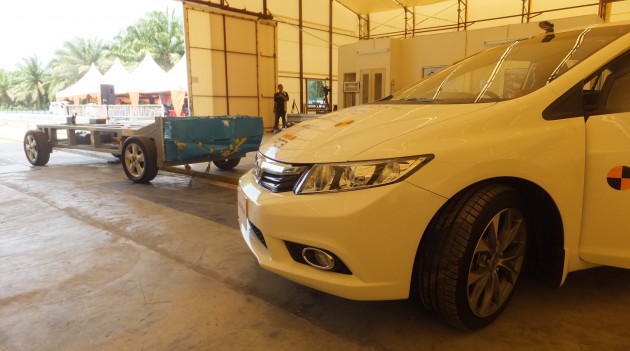
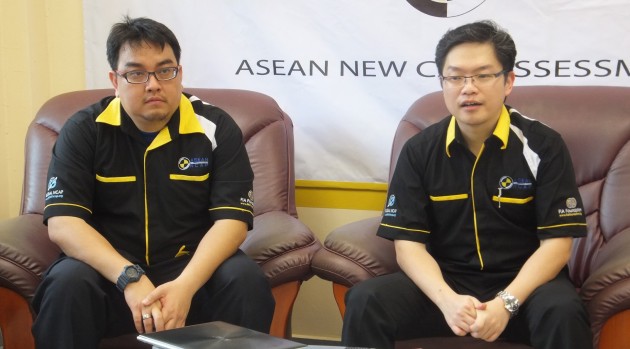

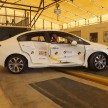
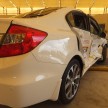
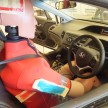

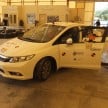
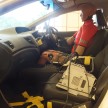
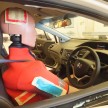
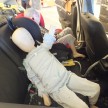
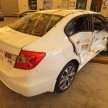

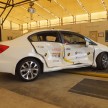
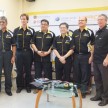
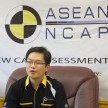
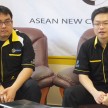
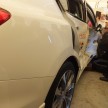

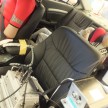
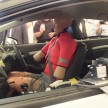
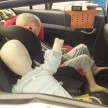
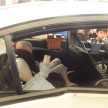
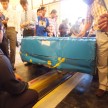
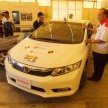
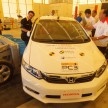
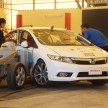
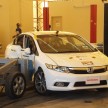
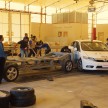
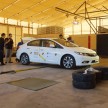
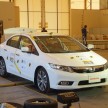
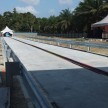



















AI-generated Summary ✨
The comments primarily focus on the relevance and effectiveness of crash tests like ASEAN NCAP and EuroNCAP, with many emphasizing that the tests are more symbolic than realistic, especially at low speeds like 50 km/h. There is concern over the lack of side impact results, with calls for comprehensive testing of both front and side safety features, such as airbags. Several commenters criticize the disparity between vehicles tested abroad and in Malaysia, pointing out lower safety standards and equipment in local cars, and question the reliability of ASEAN NCAP ratings. Discussions also touch on the importance of seatbelt use and proper safety features, while some skeptics dismiss crash tests as unnecessary or symbolic, indicating a desire for stricter regulations and improved safety awareness for Malaysian drivers.